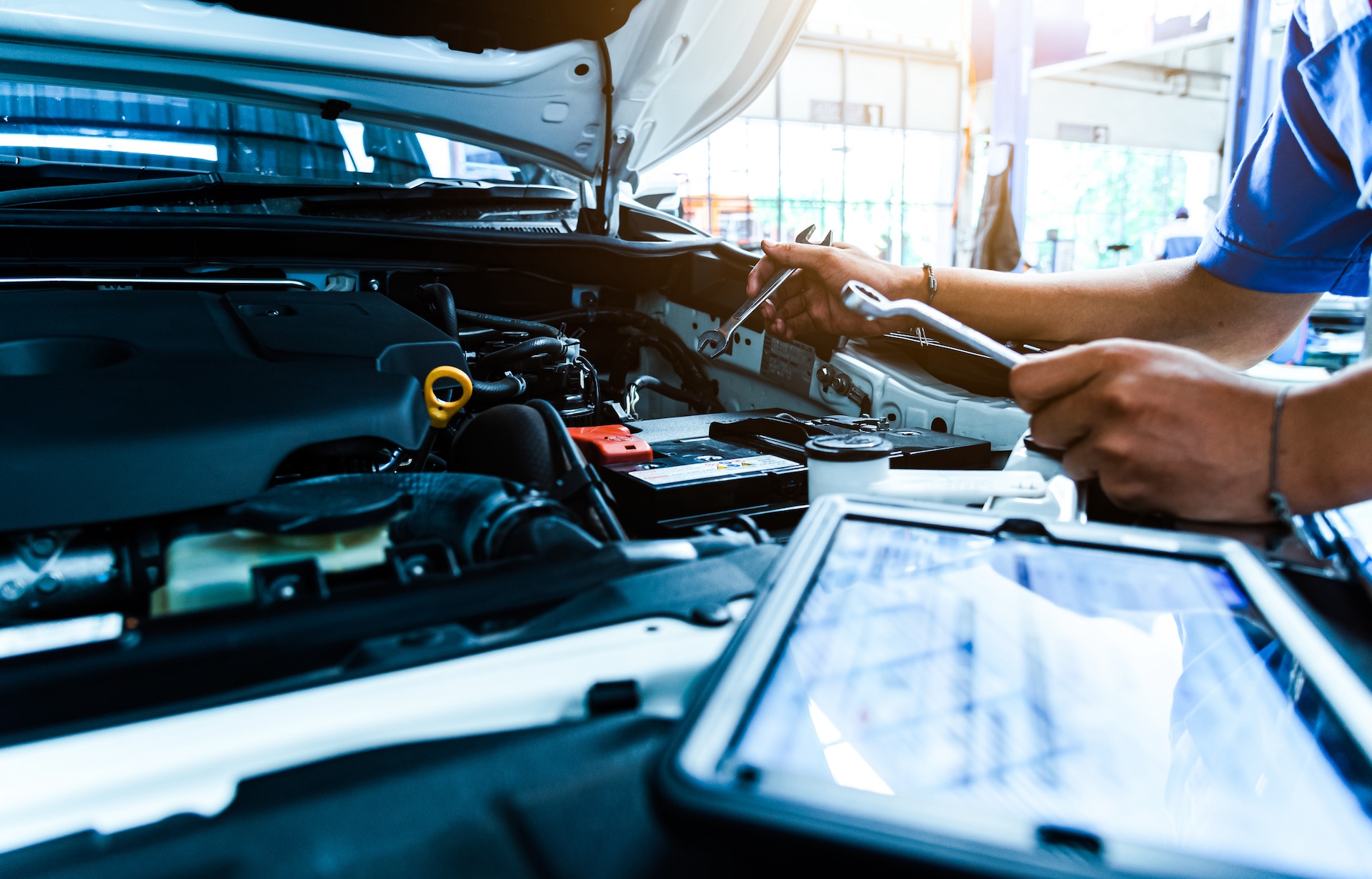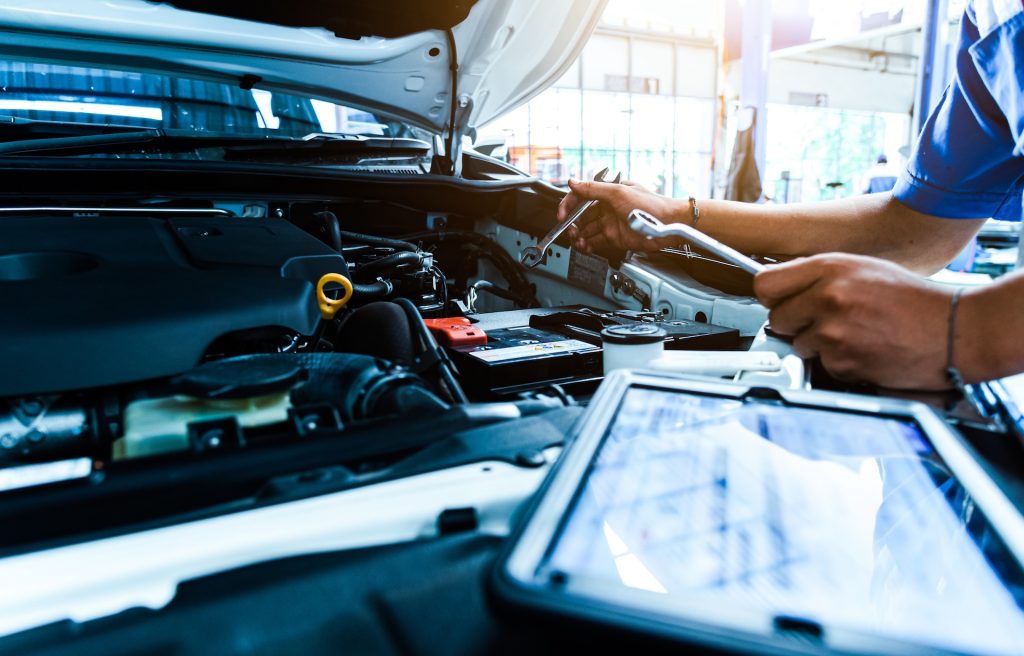

Ensuring your safety while driving is paramount, but what steps should you take if your vehicle is subject to a recall? Every recall demands serious attention! Stay ahead with our straightforward guide to avoid being caught off guard.
What Is a Recall?
When there’s a recall, the National Highway Traffic Safety Administration (NHTSA) determines if a vehicle does not meet motor vehicle safety standards. Manufacturers are then required to file a report including details of the vehicle, the number of vehicles affected, equipment affected, a description of the defect, what led up to the decision to recall, an explanation, and a recall schedule. Registered owners must receive a recall notification from manufacturers by first-class mail within 60 days of the recall instructing owners on how to get the issue fixed, the time frame of the fix, and how long the repair should take.
How to Verify a Recall
The NHTSA website suggests that using your license plate to search is among the latest and most effective methods for recall verification. Despite the requirement for manufacturers to inform registered vehicle owners within 60 days, reliance on physical mail can be inconsistent. If you suspect a recall or have encountered news about a potential one affecting your car’s make and model, utilizing the NHTSA website to search for recalls using your vehicle’s license plate or Vehicle Identification Number (VIN) stands out as the simplest and most efficient safety precaution.
What To Do When Your Car Is Recalled?
Once you find out if the recall applies to your vehicle or parts, there are three options: repair, replace, or refund. By law, the manufacturer must choose one of the three options to correct the issue. If the manufacturer has chosen repair, your vehicle or part must be repaired by the manufacturer at no cost to the vehicle owner. Replacement means that if the problem can’t be fixed, the manufacturer must provide you with another similar or identical model. A refund option involves the manufacturer refunding the purchase price of your vehicle, minus depreciation. These options also apply to accessories such as car seats.
Your recall letter or warning should notify you if your car is too dangerous to drive. Regardless, the recall issue should be resolved immediately by taking your vehicle to a local authorized dealership matching the make of your car. Remember, the bigger the recall, the longer the waitlist for an appointment.
How to Book a Recall Repair Appointment at Savage L&B
Recalls must be done at dealerships for recording purposes, quality monitoring, and making recalled parts available to manufacturers for inspection. While the NHTSA gives manufacturers a grace period for repairs to be made available after a recall, you should contact your local dealership to book an appointment as early as possible to beat the crowds. Establishing a friendly relationship with your local registered dealership can pay off during a difficult recall period!
Has your vehicle been recalled? Call Savage L&B immediately to book your recall repair appointment and ensure your vehicle is functioning to its intended safety guidelines and performing its best. Our team is happy to help, from minor service to full recall assistance!







